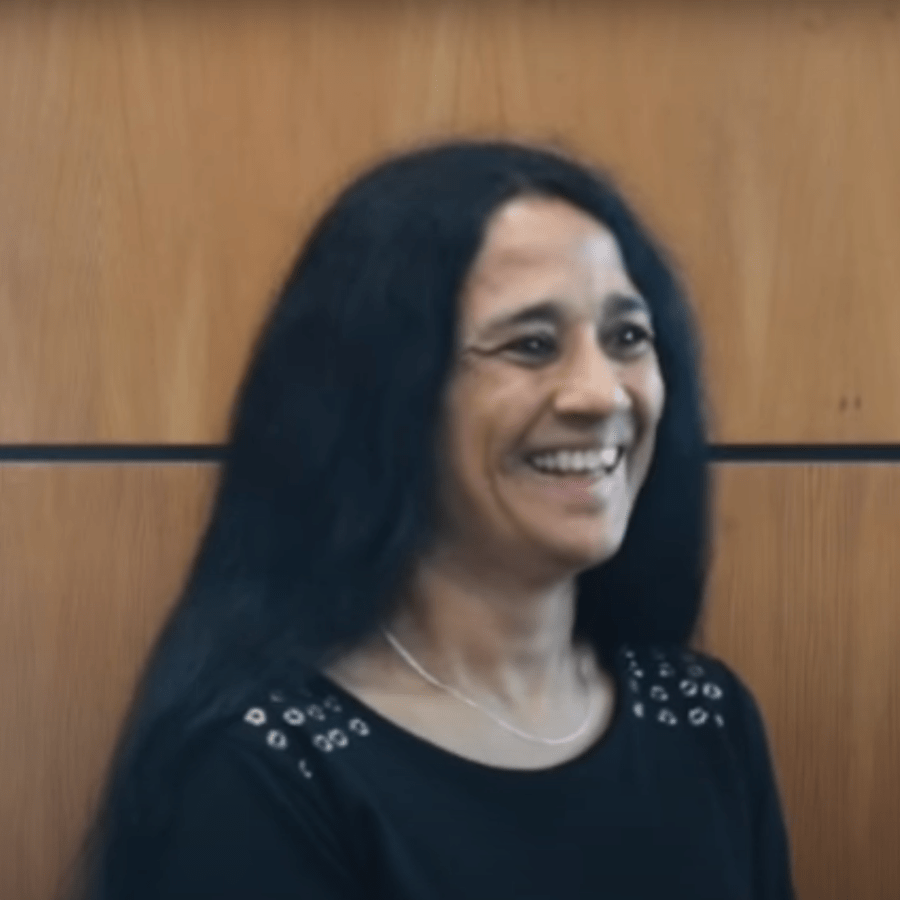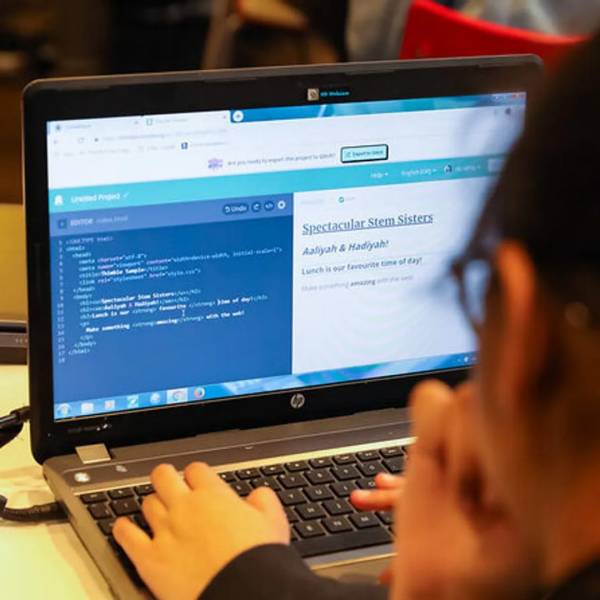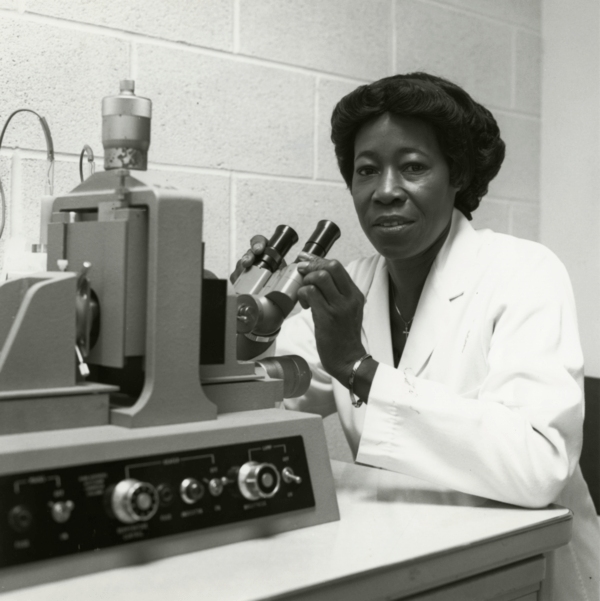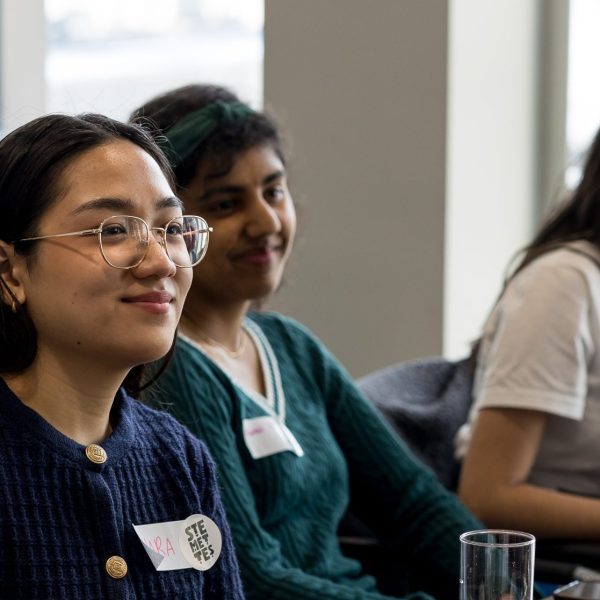Nilanjana is a member of the Department of Applied Mathematics and Theoretical Physics. Her current research interests are Quantum Information Theory and Mathematical Physics.
Early Life & Education
Born in West Bengal, she graduated from Jadavpur University with a Master of Science. After this, she completed her Masters at the Saha Institute of Nuclear Physics. Not stopping there, in 1995 she obtained a PhD from ETH Zürich.
Career
Since 2002, her research has centred around Quantum Information Theory. This field looks to understand information through the lens of quantum mechanics principles. It combines the study of information science with quantum effects in physics.
- Nilanjana has been working on various aspects of this field including:
- Data compression for sources with memory
- Perfect transfer of quantum states and entanglement over spin networks
- Additivity conjectures of the Holevo capacity
- Complementary channels
- Capacities of quantum channels with memory
- Entanglement manipulation
- The evaluation of optimal rates of quantum information protocols
She is also a Reader at the University of Cambridge. This means she divides her time between learning, teaching and presenting.






